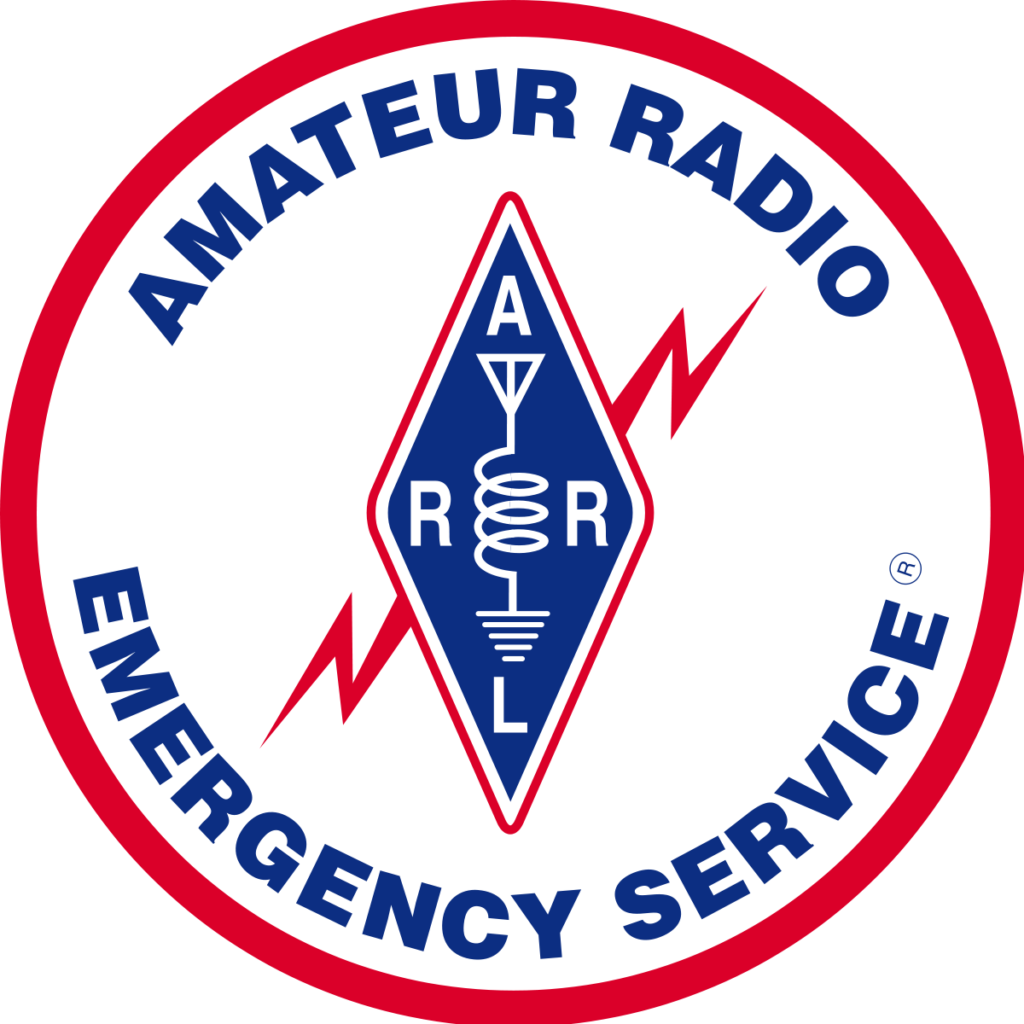What the heck is ARES? by Richard KB5JBV

This is the first of what I hope will be a series of articles to try and cover the basics of the three heads of public service communications. ARES, NTS, and RACES all have their strengths and weakness. Hopefully these articles will help you to understand how these three heads function as one to cover our emergency and disaster communications needs.
What is ARES
Well the Public Service Communications Manual (PSCM) defines ARES This way.
“The Amateur Radio Emergency Service (ARES) consists of licensed amateurs who have voluntarily registered their qualifications and equipment for communications duty in the public service when disaster strikes.”
This means that ARES volunteers have registered with their local Emergency Coordinator (EC) so the local EC knows what the ARES volunteers capabilities are. not only the equipment the volunteer might bring to a communications event but the training and personal operating skills that the ARES operator brings to the table.
Who can be an ARES member
Once again the PSCM tells us that:
“Every licensed amateur, regardless of membership in ARRL or any other local or national organization, is eligible for membership in the ARES. The only qualification, other than possession of an Amateur Radio license, is a sincere desire to serve. Because ARES is an amateur service, only amateurs are eligible for membership.”
So any one with a valid amateur radio license is welcome in ARES and every radio amateur operator should register as an ARES station. Showing up and volunteering as an ARES station while the disaster is in progress is problematic at best. Without that simple act of preregistration with the EC. You might show up with all your gear ready to operate and find yourself running messages from place to place or running a fax machine and never even take your radio out of your bag.
When would ARES come into play
That is the best question.
On April 19th 1995 a group of folks set off an explosive device in front of the Alfred P. Murrah federal building in Oklahoma City destroying most of the structure and leaving 168 dead and over 800 injured. Within 15 minutes SATERN was on the air with an ARES net. That net laster 363 hours (15 days and 3 hours) using only amateur radio operators.
On February 1st 2003 The Shuttle Columbia exploded over California and came to rest in east Texas. If it had exploded just a minute or two earlier it might have came to rest in Dallas. Army Curtis AE5P EC for Nacogdoches had an ARES net up and operating in south east Texas within 5 minutes of the explosion. That net lasted for weeks and used ARES operators from all over the country.
This is just a couple of examples, but you get the idea.
Why do I need to be an ARES member?
Or more to the point “I live in Dallas county why would I want to join ARES?”
You're right in Dallas county RACES is considered the primary volunteer emergency communication service. That is because the served agencies in Dallas county like to know in advance what resources are available to them in an emergency. RACES accomplishes this in ways that are desirable to our local served agencies. RACES is beyond the scope of this article but we will get back to it in a future article.
For now think of it this way. RACES is Emergency communications. ARES is disaster and recovery communications. The event that requires emergency communications is not always over when it stops raining. You don't just look at your spotting buddy and say “ storms over, Lets go get a hamburger. Too bad about those houses.” After the event there may be a need for communications for shelter operations, damage assessment, and so forth. This may require more operators than RACES can supply. That is when we need the resources of ARES.
How do I become an ARES Member
Thats the easy part. Get your hands on a copy of FSD-98 the ARES registration form.
Fill it out and mail it to your local EC. That would be Craig KV5E. Or you could hand it to him at a club meeting. You can get a copy of FSD-98 from Craig or go to the ARRL website and download a copy. They have it in PDF and Word format.
